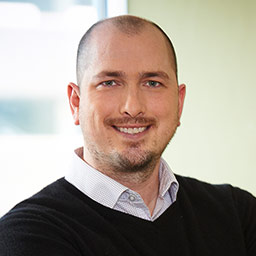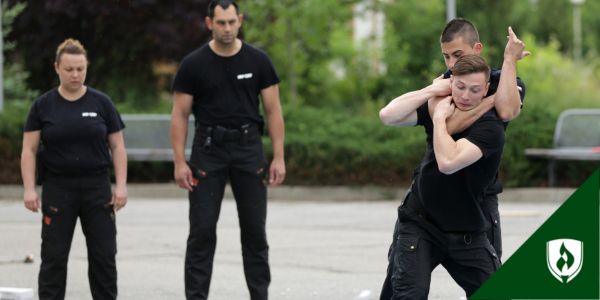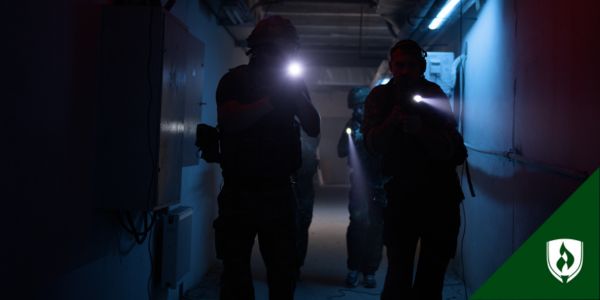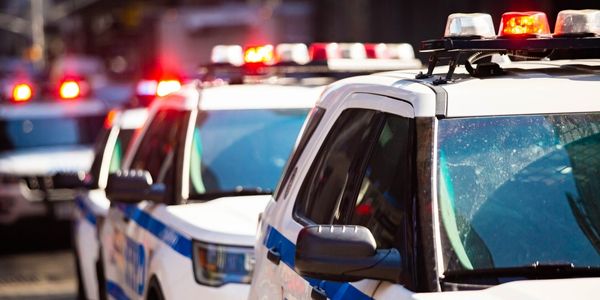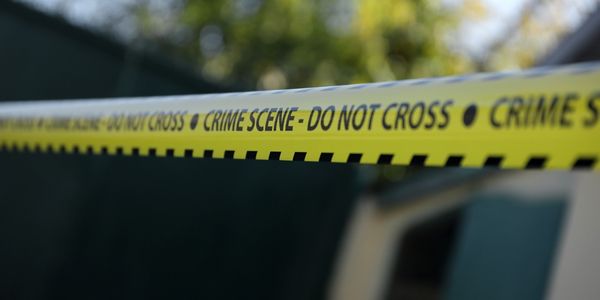Criminal justice students at Rasmussen College are eagerly awaiting the opening of the new 8,000-square-foot Law Enforcement Training Facility located on the Eagan campus.
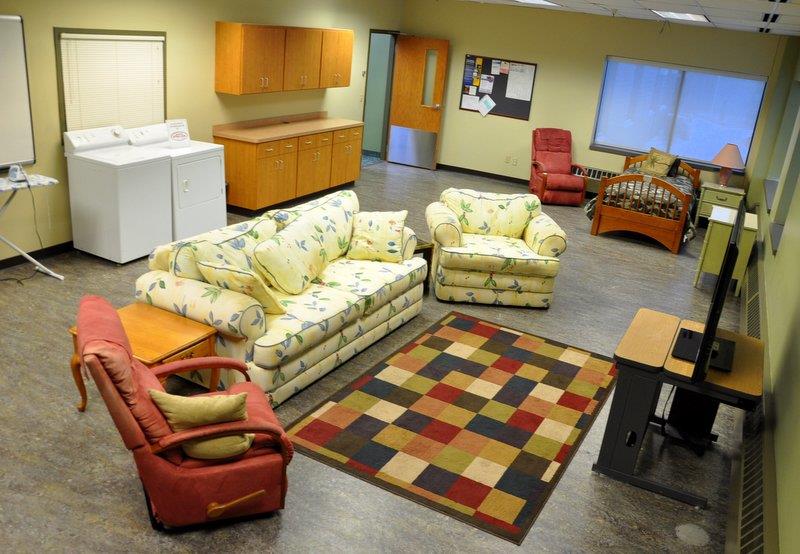
Students and local dignitaries will be introduced to the $100,000 facility on Jan. 8, at which time they’ll get to see firsthand its seven state-of-the-art scenario rooms.
The rooms—which include a bar, an apartment, a bank, a convenience store, a crime lab, a use-of-force and firearms training simulator and a padded room for defensive tactics—will ultimately make Rasmussen College students better officers, said assistant team lead Jason Elasky.
“The scenarios are really tough,” Elasky said. “But they’re set up that way to test us so that we’re ready when we go out in the field.” He will begin his 11-week “Phase 2” training once classes start in January.
The Rasmussen College advantage
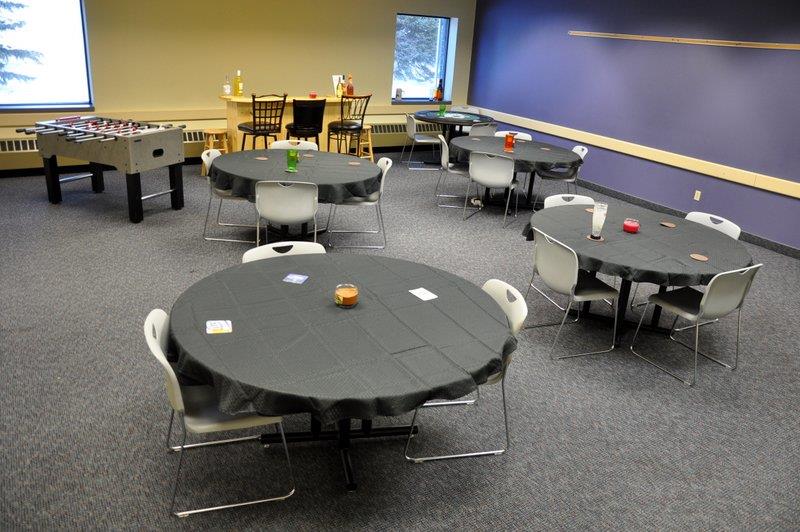
One of the biggest advantages of studying at the new facility is that every scenario is videotaped. This allows students to watch one another in real-time and helps instructors isolate teachable moments.
“[The scenarios] make a pretty big impact,” said team lead Chad Mager. “There’s an important learning aspect to watching your classmates do well or do poorly. [The scenarios] expose students to what they’ll face in real-life situations and that builds their confidence.”
Mager and classmate Alex Draeger graduated on Dec. 21 so they won’t get to use the new skills facility as students, but they might be able to come back as active duty officers.
Police departments from Eagan, Apple Valley, Cambridge and the U.S. Army Reserves have already booked space in the firearms simulator and there’s talk of allowing departments to hone their CSI skills in the crime lab. Local police departments will eventually be able to use the facility at no cost.
If the careers of Mager and Draeger go really well, they might even be able to return to the skills facility as instructors.
Of its 27 skills instructors, all are either active duty or retired law enforcement officers. Draeger says that’s a huge advantage over other programs. “Rasmussen College goes out of its way to find the best of the best,” he said. “If they don’t have certain experts on staff, they bring them in.”
Draeger talks about receiving specialized training for handling unusual situations that might involve sexual assault or hazardous materials. He also speaks highly of a use-of-force instructor who provides security to the Minnesota Vikings and is contracted by the U.S. Marshall Service to train airplane pilots to carry firearms.
Elasky says he’s had around 20 different instructors during the 11 weeks of his “Phase 1” training. And while the standard is rigorous, he wouldn’t have it any other way. “I would rather learn from someone that’s been through it instead of someone that’s read a book about it,” he said.
Elasky considers the skills instructors to be the program’s most valuable assets.
“The more eyes you have watching you, the easier it is to correct mistakes and get things right,” he said. “[The instructors] all have different opinions and experiences and they’re all giving us information that’s going to save our lives.”
What potential students need to know
The Rasmussen College law enforcement skills program is taught in two 11-week phases. The first phase is mostly classroom instruction, while the second phase is where students get hands-on training to apply what they learned in Phase 1.
The program requires 80 hours of firearms training in 20 different scenarios—that’s double the number of hours required by most skills programs. Students are also required to take a first responders course and pass the Cooper physical fitness standards to be eligible for POST licensing.
But those are just the details.
The intangibles of the Rasmussen College skills program are what set it apart from similar programs at technical colleges in Hennepin County and Alexandria (Minn.). For example, most of the skills training classes at Rasmussen happen on Friday nights and Saturdays. That allows nontraditional students to participate in the program without jeopardizing their day jobs.
“This is one of the only programs that works with people’s schedules,” Elasky said. “About half my classmates have kids or full-time jobs. If you ever have to miss a class, the instructors are fine with pulling you aside and walking you through what you missed. They’re very personable.”
The reputation of the Rasmussen College skills program appears to be growing in the law enforcement community as well.
Elasky’s mother is a Minneapolis police officer and his dad is a deputy sheriff in Carver County (Minn.). When it came time for him to choose a law enforcement skills program, Rasmussen College topped his list.
“I heard really good things about the [Rasmussen College] skills program from my parents and other people I knew in the [law enforcement] community,” he said. “It was an easy choice for me.”
Mager is a 6-year veteran of the U.S. Army Reserves and is currently a community service officer (CSO) at the Prior Lake police department. He’s also worked with SWAT teams around the Twin Cities, so he knows a thing or two about gaining a tactical advantage.
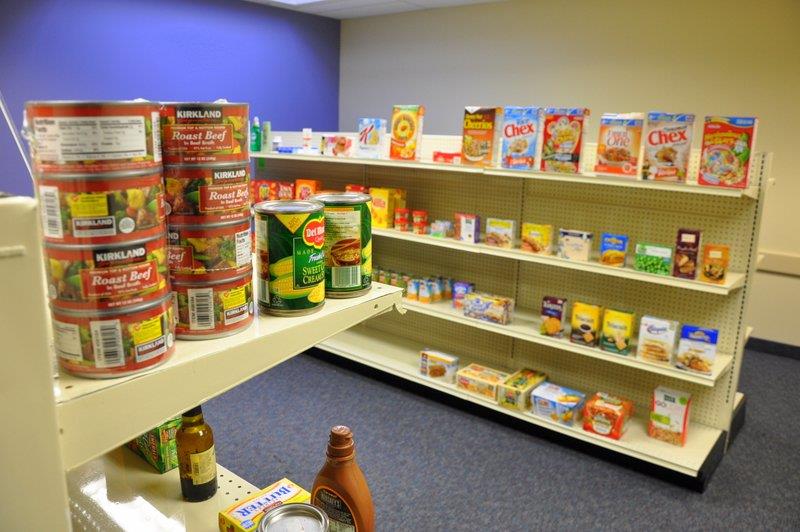
He admits to being “bummed” that he won’t be able to train in the new skills facility but he’s excited about what a resource of this caliber means for future students and, hopefully, law enforcement efforts across the state.
“Alexandria Tech used to be the place to go if you wanted a quality skills program, but times have changed,” he said. “Now, Rasmussen has a law enforcement skills program that is ahead of everything else that’s out there. [Potential students] couldn’t ask for better.”
Learn more about the other unique features the Rasmussen College Justice Studies Program has to offer!
